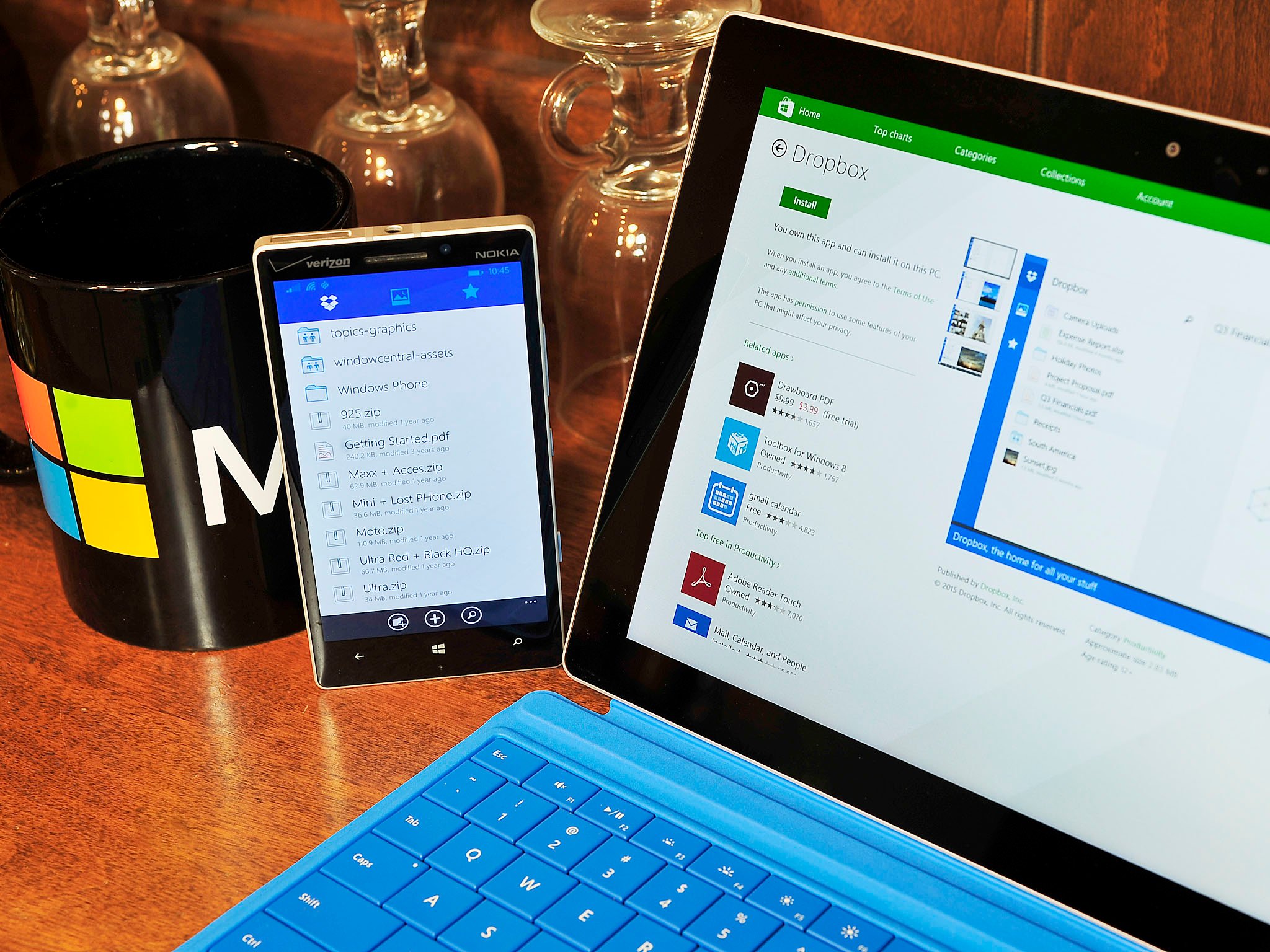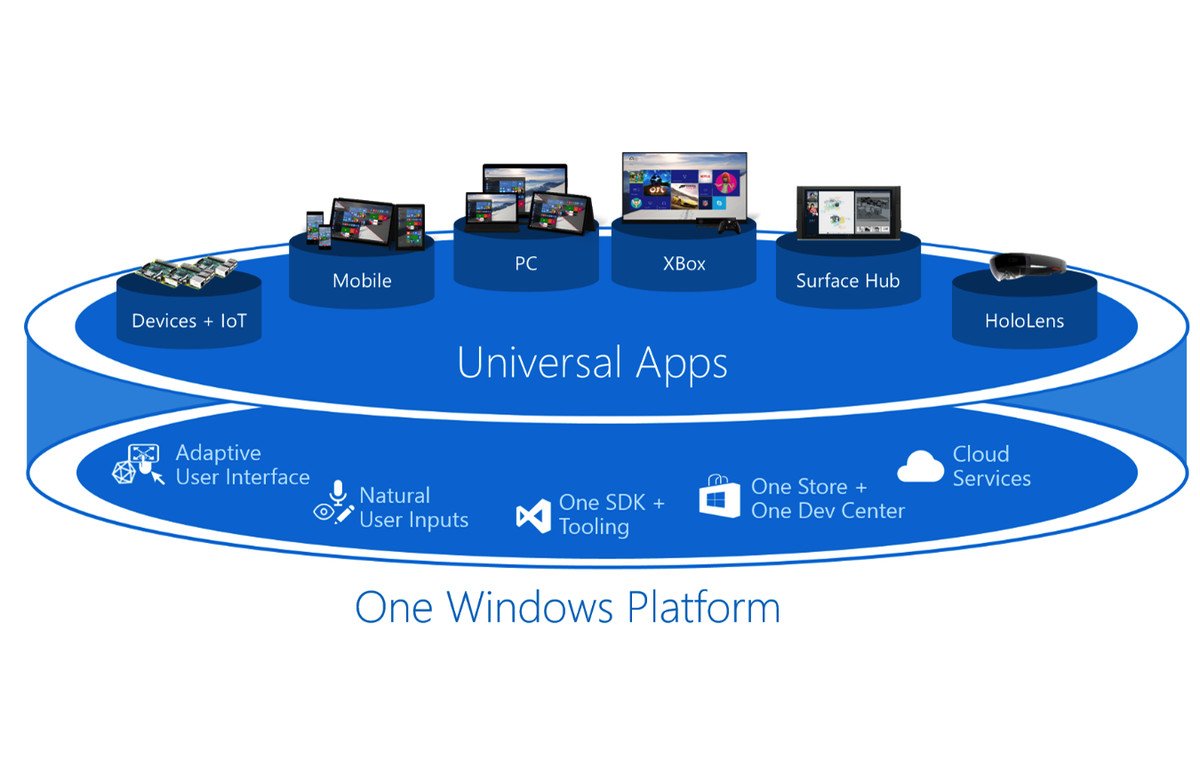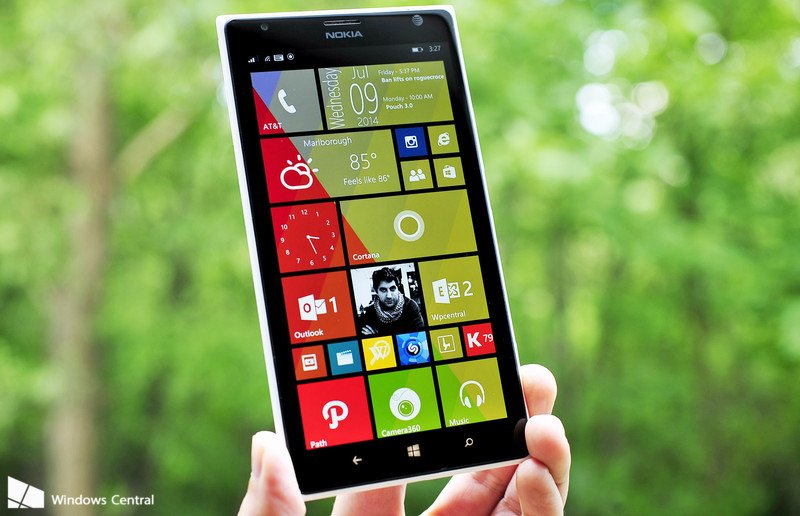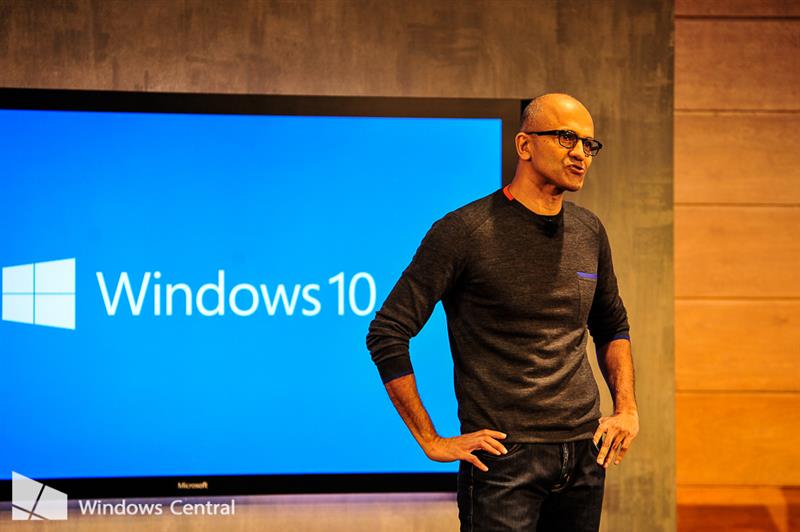If not phones, Microsoft needs another device category to ensure Windows success
The future of Windows 10 and the Universal Windows Platform (UWP) depends on more than just PCs. With Microsoft missing its goal of getting Windows onto "one billion devices" by half, where does Windows 10 go without phones?

I recently argued that Microsoft needs to come clean on its smartphone ambitions – if it has any. Conflating its "commitment to mobile" with all laptops, tablets, and to competitors' smartphone platforms will not do. While I have my biases – yes, I enjoy using Windows 10 Mobile – my call was not only because I want a new Windows phone.
Instead, that analysis was really about Windows 10 and UWP as a platform. Without a smartphone OS, it is not clear how Microsoft will grow Windows 10 adoption. And I find that very concerning.
If not smartphones, then what?
On April 3, StatCounter claimed that based on its data Android use surpassed Windows usage across desktop, laptop, tablet, and mobile combined. StatCounter's numbers are subject to debate, but the overall trend based on browser use is not improbable.
Smartphones are the now dominant computing platform. While "real" PCs remain vital for enterprises, professionals, and gamers, the best computers for consumers fit in their pockets.
Currently, Microsoft sees UWP as an app platform for traditional PCs, laptops, tablets, Xbox, mixed reality (MR), Internet of Things (IoT), wearables, and phones. It's an ambitious goal. Developers can write an app once and send it to the device where it makes the most sense. Microsoft creates software "bridges" (such as Project Centennial) so developers can bring apps from and to other platforms.

The problem with that strategy is that the only popular category with significant mass adoption is smartphones, which is the weakest segment for Microsoft. Let's assume the company is finished with the smartphone category. The growth path for UWP is less obvious.
MR is years from mass adoption, UWP on Xbox is barely a thing (is anyone using those third-party apps?), and I already covered traditional PCs.
All the latest news, reviews, and guides for Windows and Xbox diehards.
Without a play for smartphones, I have no idea how Windows 10 grows beyond 500 million users. I don't see how Microsoft will continue to attract developers to make UWP apps. Additional laptop and Surface sales will drive awareness and some adoption, but there won't be hundreds of millions of new PC owners soon (or likely ever).
I understand MR, IoT, and even wearables are nascent categories and, in some ways, Microsoft is positioned to dominate at least one of those (MR). But in the consumer space Google, Apple, and Amazon are beating the company everywhere else. Whether it is the "smart home" voice assistants, watches, or phones, Microsoft is behind or nonexistent.
On desktop, the web browser still dominates instead of UWP apps. UWP begins to make more sense as the display shrinks. After all, the very concept of "apps" in the modern sense begins with phones. Even I don't use many UWP apps on the Surface Studio. Give me a laptop, and my usage of UWP goes up. Put me on a smartphone, and suddenly I loathe using a web browser, and it's all about the apps. It is common sense.
While UWP is a noble paradigm, the most significant market for it is the one Microsoft has less than one percent of (and is shrinking fast): phones.
Apple pushed nearly 80 million iPhones just last year, and it has now sold more than one billion in total, according to research from Gartner. That's impressive because Apple has only 17.9 percent of the smartphone market with Android making up the other 82 percent. That's more than 300 million Android smartphones in just one year.
That's a lot of apps, as well as a lot of opportunity for developers. And it does nothing for the UWP platform or Windows 10.
This is about developers (developers, developers!)
Microsoft's conundrum with mobile is a serious one, and it's not just because smartphones are chic. The future of Windows 10 and UWP needs an area of rapid and sustained growth, not only for adoption of the OS but for monetary and market incentive for developers to want to make UWP apps.
I have said Microsoft needs to continue what it has been doing: reinventing device categories. Every Surface device so far has rethought the concept of computing. The Surface Studio is a brilliant re-take on the desktop space. Surface Pro and Surface Book popularized digital inking and 2-in-1s. Even HoloLens is setting the foundation for MR and holographic computing.

Microsoft must have a mobile strategy in place for the Windows ecosystem to be sustainable.
What I find most troublesome is not the unending anticipation for new hardware from Microsoft. Instead, it's the feeling that the company doesn't have a plan. In recent months, no one I have spoken to at Microsoft — on or off the record — has given me confidence that "the next big thing" is almost here. In fact, my sense is that there's chaos behind the scenes when it comes to smartphones and mobile.
In 2015, Chris Capossela, the chief marketing officer (CMO) at Microsoft, referred to the company's mobile strategy as "massively retrenched". I was willing to cut them some slack on that idea. Taking a year or two to lay low while you put your "A-Team" on new hardware and build out the OS seemed like the right approach. From Capossela:
For us, in the next couple of years we're really going to focus on building phones that obviously showcase Windows 10, but we're going to try to build phones for two audiences. We're going to build phones for our Windows fans. If you love Windows 10, if you love your Windows 10 tablet, or Surface, or laptop, we want to have a beautiful phone for you, something you'd be incredibly proud of that's going to have the same experience across your devices, the same apps will run on the phone as run on your Windows 10 laptop or tablet. And it's going to feel incredibly natural. And we really think the Windows fans really want a wonderful Windows Phone that will be a premium flagship phone.
Microsoft CEO Satya Nadella was on the same page as Capossela and noted that if its partners did not make Windows phones, Microsoft would. In July 2015, Nadella told All About Microsoft's Mary Jo Foley this:
If there are a lot of OEMs, we'll have one strategy. If there are no OEMs, we'll have one strategy. We are committed to having the phones in these three segments. And I think the operational details will become clear to people as they see it.
Those three smartphone segments were enterprise, budget, and flagship. In 2017, the "operational details" are as clear as mud, and there is no budget and no flagship phones in sight.

Since Microsoft's OEM partners have not picked up the slack (and you can't blame them), Microsoft should be fixing this problem. Quoting Nadella again:
If no OEM stands up to build Windows devices we'll build them.
The world is waiting.
Going back to UWP and Windows 10 Nadella said this about being "path dependent:"
Universal Windows apps are going to be written because you want to have those apps used on the desktop. The reason why anybody would want to write universal apps is not because of our three percent share in phones. It's because a billion consumers are going to have a Start Menu, which is going to have your app. You start the journey there and take them to multiple places. Their app can go to the phone. They can go to HoloLens. They can go to Xbox. You talk to somebody like Airbnb. It might be more attractive, given our three percent share on phone, for them to actually build something for the desktop and for the Xbox.
While that plan sounded plausible in 2015, two years later it feels underwhelming. That alleged "billion" never materialized, and there is no path to get there, at least that we know of. If UWP needs critical mass, Microsoft obviously needs a way to achieve that.
At a time when Microsoft should have been putting all its resources into the fastest growing category for computing, the company instead abandoned it. This problem is not just bad for Windows phone fans, it's bad for Windows 10, UWP and Microsoft's consumer future.
The big question is not whether Microsoft has a solution to this problem. It is whether Microsoft even knows it has one. I'm not confident that's the case. And that's another problem.

Daniel Rubino is the Editor-in-chief of Windows Central. He is also the head reviewer, podcast co-host, and analyst. He has been covering Microsoft since 2007 when this site was called WMExperts (and later Windows Phone Central). His interests include Windows, laptops, next-gen computing, and wearable tech. He has reviewed laptops for over 10 years and is particularly fond of 2-in-1 convertibles, Arm64 processors, new form factors, and thin-and-light PCs. Before all this tech stuff, he worked on a Ph.D. in linguistics, performed polysomnographs in NYC, and was a motion-picture operator for 17 years.
